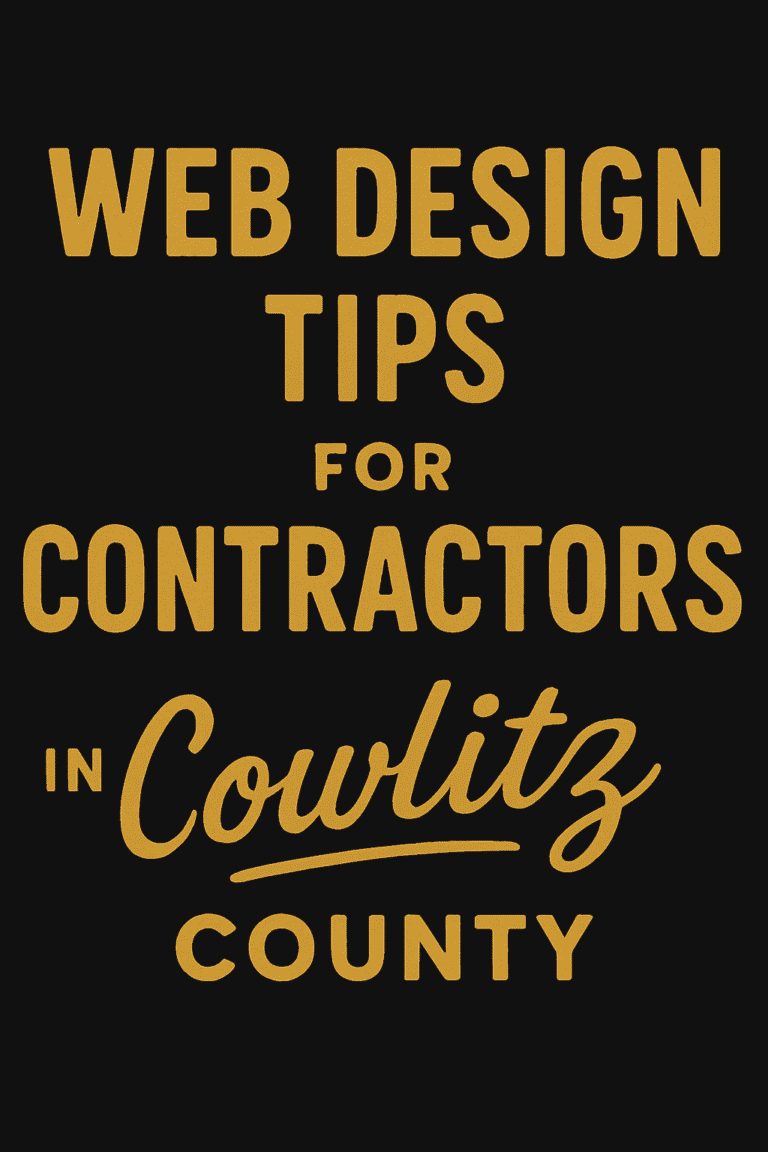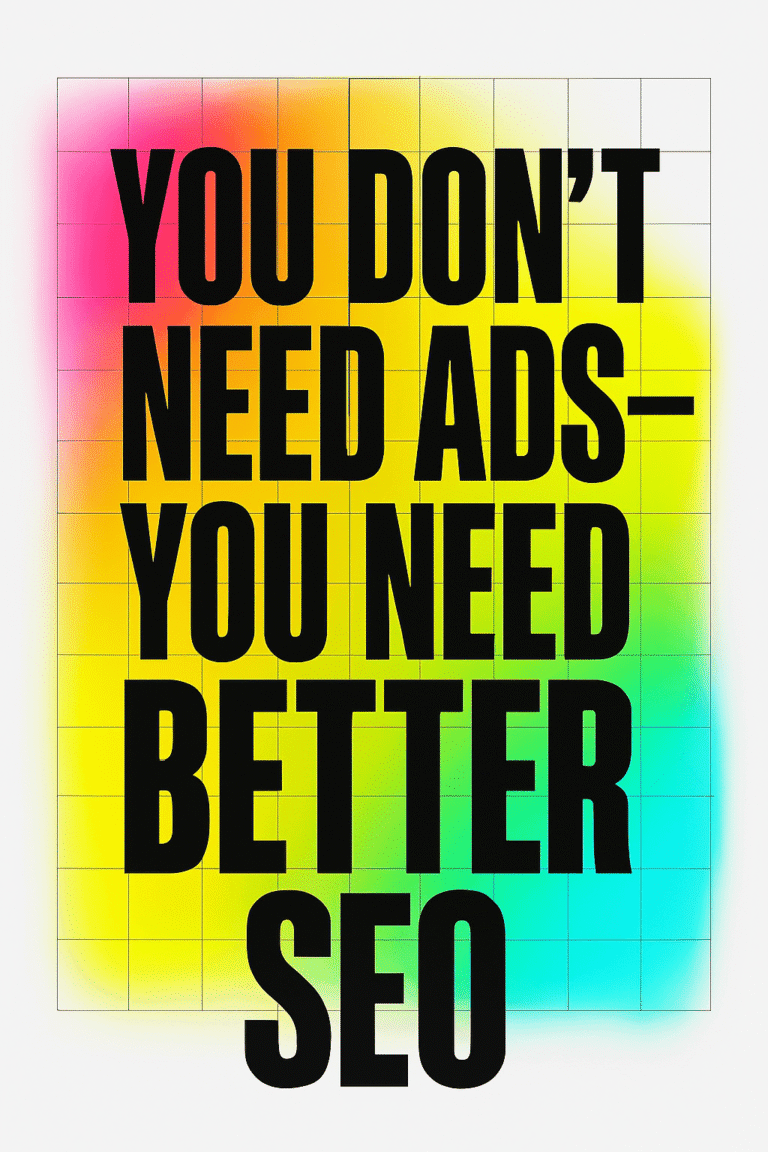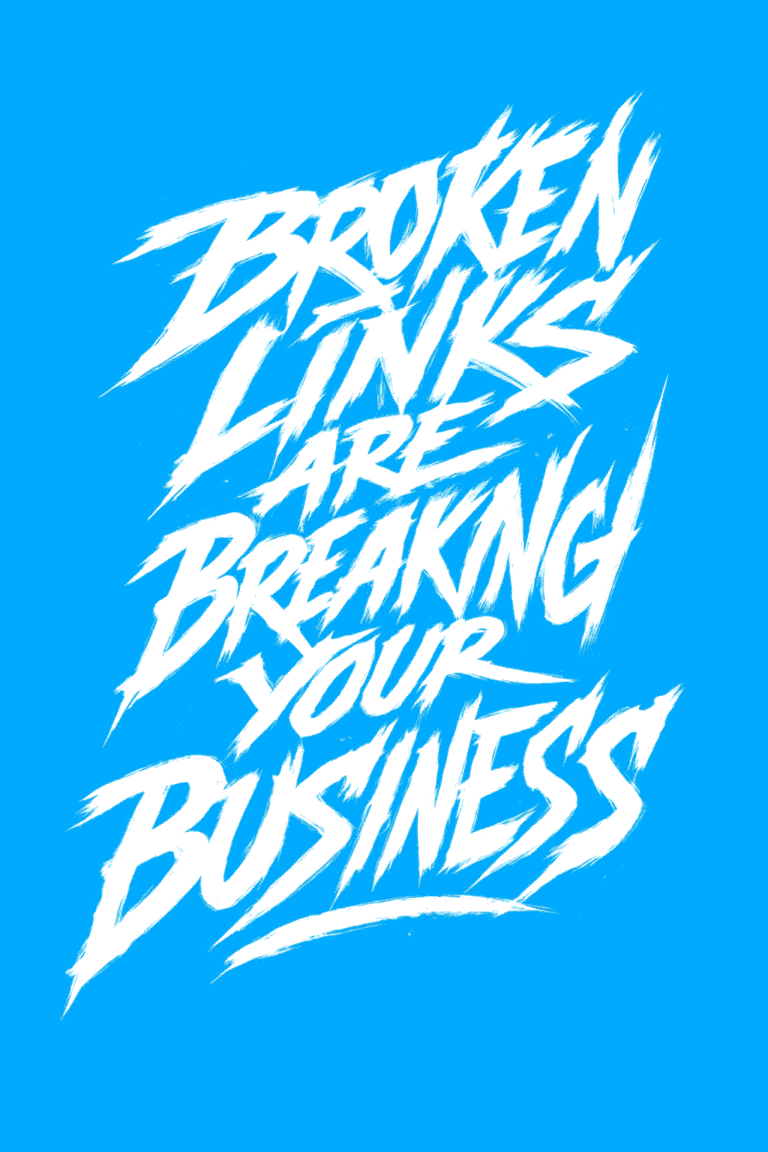
In the bustling online marketplace, building trust with your online audience isn’t just an option; it’s a necessity. With myriad options available, visitors to your site will quickly judge your credibility, often within seconds. Their impressions and feelings of trust are shaped by subtle cues, ranging from the color scheme to the typography, from the placement of testimonials to the very way content is presented and organized.
Every design element serves a function in weaving the intricate fabric of trust and connection that draws visitors closer. And this isn’t just about the immediate conversion or sale; it’s about forging lasting relationships and turning casual browsers into loyal advocates for your brand.
But how exactly can you turn your website into a beacon of trust? How can you craft an online experience that not only resonates with your audience’s needs and expectations but also speaks to their hearts, engaging them on a deeply personal level? What specific strategies can give your site the credibility that reassures and invites?
In this post, we will delve into 8 essential design strategies that you can employ to enhance your website’s credibility. These actionable insights will guide you in creating a compelling online presence that transcends the ordinary, resonating with authenticity, transparency, and reliability.
Whether you’re a seasoned business owner looking to expand your digital influence, a budding entrepreneur wanting to make a strong first impression, or a designer seeking to deepen your understanding of how design affects trust, this exploration will provide valuable guidance.
So grab a cup of your favorite brew, settle into your chair, and embark on a journey into the art and science of building trust online. Let’s explore the design strategies that don’t just decorate a page but breathe life into your brand, turning your website into a trustworthy companion in your customers’ online adventures.
#1) Professional Design & Visual Cohesion
The convergence of professional design and visual cohesion is more than an aesthetic choice; it’s a strategic alignment that speaks to the heart and mind of the user. It’s about creating a visual symphony that resonates with clarity, consistency, and credibility. Let’s unravel why this integration is pivotal in building trust online.
The Language of Visuals
Visual language transcends boundaries and cultures, reaching audiences in a way that words often cannot. The human brain processes images 60,000 times faster than text, and thus, the choice of design elements, color schemes, images, and layout can either create an instant connection or cause immediate disengagement.
Professional design is not just about looking polished; it’s about conveying a message, creating a mood, and eliciting a response. It’s about thoughtful selection and arrangement of visual elements to create a coherent and captivating narrative.
Consistency Matters
Consistency in design is like rhythm in music; it creates a flow that guides the user effortlessly from one section to another, from one idea to the next. Inconsistent design, on the other hand, can lead to confusion, frustration, and a loss of trust.
The consistency in color scheme, typography, imagery, and layout across all pages and platforms ensures that the brand’s identity remains intact and recognizable. It’s a subtle reinforcement that builds familiarity and trust over time.
Alignment with Brand Values
Professional design aligns with the core values, mission, and personality of the brand. It’s not about following trends blindly but about understanding what resonates with the target audience and reflecting that understanding in every visual element.
A sleek, minimalist design may work wonders for a tech startup, while warm, earthy tones may be perfect for an organic food brand. Understanding the brand’s ethos and translating it into visual language builds an authentic connection that enhances credibility.
Responsive and Accessible
Today’s users access websites through various devices, from desktops to smartphones, tablets to smart TVs. A design that looks stunning on a large monitor but falls apart on a mobile screen breaks the visual cohesion and undermines professionalism.
Responsive design ensures that the visual experience is seamless and engaging across all devices, adapting to different screen sizes without losing integrity. It’s about creating an inclusive experience that caters to diverse users, showcasing a commitment to excellence and attention to detail.
User-Centric Approach
Professional design is not self-indulgent art; it’s a user-centric craft aimed at enhancing the user’s experience. From the choice of color that guides the eye to the call-to-action button, to the layout that ensures intuitive navigation, every design decision should prioritize the user’s needs and preferences.
Visual cohesion contributes to a smoother user journey, allowing the user to explore, understand, and interact with ease. It creates a predictable pattern that reassures and guides, turning the browsing experience into a delightful exploration rather than a puzzling maze.
#2) Utilizing Professional Design Elements
Within seconds, users form an opinion about your site, and by extension, your brand. Professional design elements don’t merely enhance the visual appeal of your website; they serve as indicators of your dedication to quality, attention to detail, and adherence to industry standards. Let’s delve into how utilizing professional design elements can instantly boost your site’s credibility.
Seamless Typography
Typography isn’t just about choosing a font; it’s about communicating your brand’s voice in a visual form. The selection of fonts, their size, spacing, and alignment all play crucial roles in readability and user experience. Professional typography ensures that the textual content is not only aesthetically pleasing but also easily digestible. It reflects a commitment to clarity and coherence, subtly assuring the user of the quality of your content and products.
High-Quality Images and Graphics
Blurry or pixelated images can significantly detract from the user’s perception of your brand’s professionalism. Investing in high-resolution images, custom illustrations, and sleek graphics is akin to putting your best foot forward. These visual components don’t just adorn the page; they tell a story, create an atmosphere, and emphasize your dedication to excellence.
Thoughtful Color Scheme
Color is a powerful tool in a designer’s toolkit, capable of eliciting emotions, guiding attention, and even influencing behavior. A cohesive and well-thought-out color scheme that aligns with your brand’s identity can create a harmonious and visually pleasing experience. Beyond aesthetics, the wise use of color can enhance usability, highlight important elements, and create visual hierarchies that guide the user’s journey.
Intuitive Navigation
Your website’s navigation is the roadmap to information, and any confusion in this path can lead to frustration and abandonment. Utilizing professional design principles to create intuitive, user-friendly navigation enhances the user’s experience. Logical flow, clear categories, and easily accessible information reflect an understanding of the user’s needs and a commitment to providing a seamless experience.
Emphasizing Calls to Action
Professional design isn’t just about looks; it’s about functionality and purpose. Calls to action (CTAs) are essential components that guide users towards desired actions, whether it’s making a purchase, signing up for a newsletter, or downloading a resource. Designing compelling and noticeable CTAs is a fine art, balancing visibility with subtlety. The right design can make these elements inviting rather than intrusive, indicative of a brand that understands and respects its audience.
Responsive Design
We mentioned this briefly earlier, but it’s worth emphasizing: in today’s multi-device world, a responsive design isn’t a luxury; it’s a necessity. Your users may be accessing your site from a variety of devices, and your design must adapt without losing its aesthetic and functional integrity. Responsive design is a reflection of adaptability, foresight, and a willingness to cater to the diverse needs of a global audience.
#3) Incorporating Social Proof and Testimonials
Social proof, in the form of testimonials, reviews, and endorsements, plays an essential role in fostering trust and providing affirmation of your products or services. This psychological phenomenon leverages the wisdom of the crowd to guide individual choices. Let’s explore how incorporating social proof and testimonials can be a potent tool in enhancing credibility and building a loyal customer base.
Real User Testimonials
Nothing speaks louder than the words of satisfied customers. Featuring real user testimonials on your site creates a connection between potential customers and those who have already enjoyed your products or services. These testimonials act as personal endorsements, giving your claims weight and authenticity. They allow visitors to see themselves in the shoes of others and imagine the value they might receive.
Reviews and Ratings
Reviews and ratings can act as a double-edged sword, providing both positive affirmation and constructive feedback. Including a review section where customers can rate your offerings not only showcases the positives but also highlights your commitment to transparency. Even the occasional less-than-perfect review can bolster credibility, showing that the feedback is genuine and that you’re open to growth and improvement.
Celebrity and Expert Endorsements
If your brand has been fortunate enough to attract the attention of well-known personalities or industry experts, featuring their endorsements can add a layer of prestige and reliability. Celebrity or expert validation can increase your brand’s visibility and provide a sense of authority. Such endorsements signal that your products or services are not only enjoyed by everyday users but also respected by those with influence and expertise.
Showcasing Achievements and Awards
Awards, certificates, or recognitions in your industry are badges of honor that reflect your dedication to excellence. Showcasing these achievements prominently on your site provides tangible evidence of your commitment to quality. It’s a subtle way to tell your visitors that others in the field have judged your offerings and found them outstanding.
Embedding Social Media Feeds
In the age of social media, embedding real-time social feeds can provide a live testament to your brand’s engagement and popularity. Featuring social media content where users tag or mention your products creates a dynamic and interactive experience. It shows prospective customers that there’s an active community around your brand, and they’re invited to join the conversation.
Creating a ‘Featured In’ Section
If your products or services have been featured in prominent publications, blogs, or media outlets, creating a ‘Featured In’ section can enhance your site’s credibility. It’s an indirect endorsement from respected sources and can add to your brand’s reputation and visibility.
Responsiveness to Feedback
Social proof doesn’t end with showcasing positive reviews and testimonials; it extends to how you respond to customer feedback. Publicly engaging with customer comments, addressing concerns, and demonstrating a willingness to improve shows a brand that cares and listens. This responsiveness builds trust and encourages a community where opinions are valued and respected.
#4) Implementing Clear Navigation and User Experience (UX)
User experience (UX) is like the compass guiding visitors through the virtual landscape of your website. It’s the silent conversation happening between your brand and your audience, with every click, scroll, or swipe. Implementing clear navigation and focusing on the overall UX is not just about aesthetics or trendiness; it’s about building a path that leads visitors intuitively, engages them meaningfully, and leaves them with a positive impression of your brand. Here’s how you can foster a positive user experience that builds confidence and enhances credibility.
Intuitive Navigation
The navigation of your site should feel like an effortless journey, leading visitors naturally from one section to another. Menus should be clear and concise, with well-defined categories and logical flow. Dropdowns, if used, must be uncluttered, and the overall navigation structure should facilitate quick access to essential information.
Consistent Layout and Design
A cohesive layout and design throughout the site create a sense of familiarity and ease. By maintaining consistent elements like color schemes, fonts, and button styles, you create a visual language that resonates with your brand’s identity. This consistency helps users feel comfortable and engaged, as they know what to expect as they explore different parts of the site.
User-Centric Approach
Understanding your audience’s needs, preferences, and pain points is vital in crafting a user-centric experience. Tailoring content and navigation to resonate with your specific audience fosters a connection that goes beyond mere browsing. It’s about creating an experience that speaks to them, answers their questions, and guides them towards solutions.
Clear Calls to Action (CTAs)
CTAs are the signposts directing visitors towards desired actions, whether it’s subscribing to a newsletter, purchasing a product, or contacting for more information. They should be visible, compelling, and strategically placed to guide visitors without overwhelming them. The right balance of CTAs reflects a thoughtful approach to user engagement.
Loading Speed
Slow-loading pages can be a significant deterrent, leading to frustration and abandonment. Ensuring that your site loads quickly and efficiently contributes to a positive UX. It’s a subtle yet essential aspect that reflects your commitment to providing a smooth and enjoyable experience.
Feedback and Interaction
Providing feedback through subtle animations, hover effects, or confirmation messages creates an interactive experience. It acknowledges users’ actions and guides them through processes, adding an engaging and dynamic dimension to the site.
Accessibility
Accessibility isn’t just a legal requirement; it’s a demonstration of inclusiveness. Implementing features that make your site accessible to all users, including those with disabilities, showcases empathy and broadens your reach.
Conclusion: A Holistic Approach to Building Trust
Trust is not a singular element isolated in a vacuum; it’s a complex interplay of facets that collectively create a bond with your audience. Building trust online is akin to weaving a tapestry, where each thread represents a distinct aspect of design, content, and interaction. From the finesse of professional design elements to the authenticity of social proof, from the intuitiveness of navigation to the clarity of calls to action, each strategy plays a vital role in forming a cohesive, credible, and captivating online presence.
The beauty of this holistic approach is that it recognizes the multifaceted nature of human engagement. It’s not merely about what looks good or what’s trending; it’s about resonating with human emotions, values, and intellect. It’s about speaking a visual and experiential language that transcends mere transactions, fostering connections, relationships, and loyalty.
Incorporating these strategies does more than just decorate a webpage. It infuses your brand’s soul into every pixel, creating an experience that reflects who you are and what you stand for. It turns your website from a static interface into a dynamic, living entity that not only communicates but connects, not just informs but inspires.
But perhaps, most importantly, this approach recognizes that trust is not a static achievement but an ongoing relationship. It’s a commitment to excellence, a promise of integrity, and a continuous pursuit of connection and understanding. It’s a journey that evolves with every click, every interaction, every shared smile across the digital divide.
As you reflect on these insights, consider how they align with your unique brand story, values, and aspirations. Think about how you can weave these threads into your digital tapestry, creating a space that welcomes, engages, and cherishes your online visitors.
Whether you’re just beginning this journey or seeking to enrich an existing online presence, remember that your website is more than a business card or a storefront. It’s an extension of your ethos, a virtual handshake that invites people into your world.
Embrace this holistic approach, and let your website be a beacon of trust, a reflection of your commitment, and a celebration of your uniqueness. Engage with your audience not just as customers or users but as partners in a shared adventure. Let your online presence be a trustworthy companion in their journey, guiding, inspiring, and delighting at every turn.





